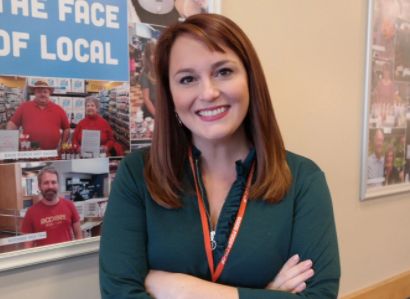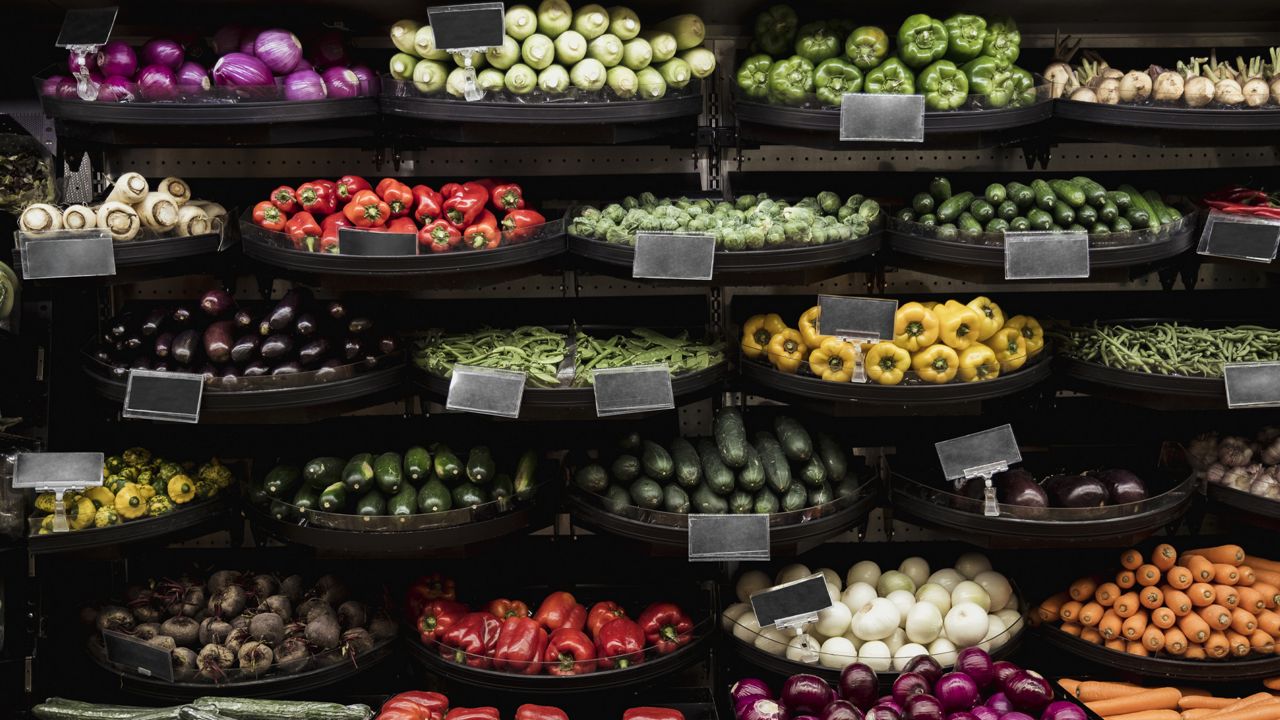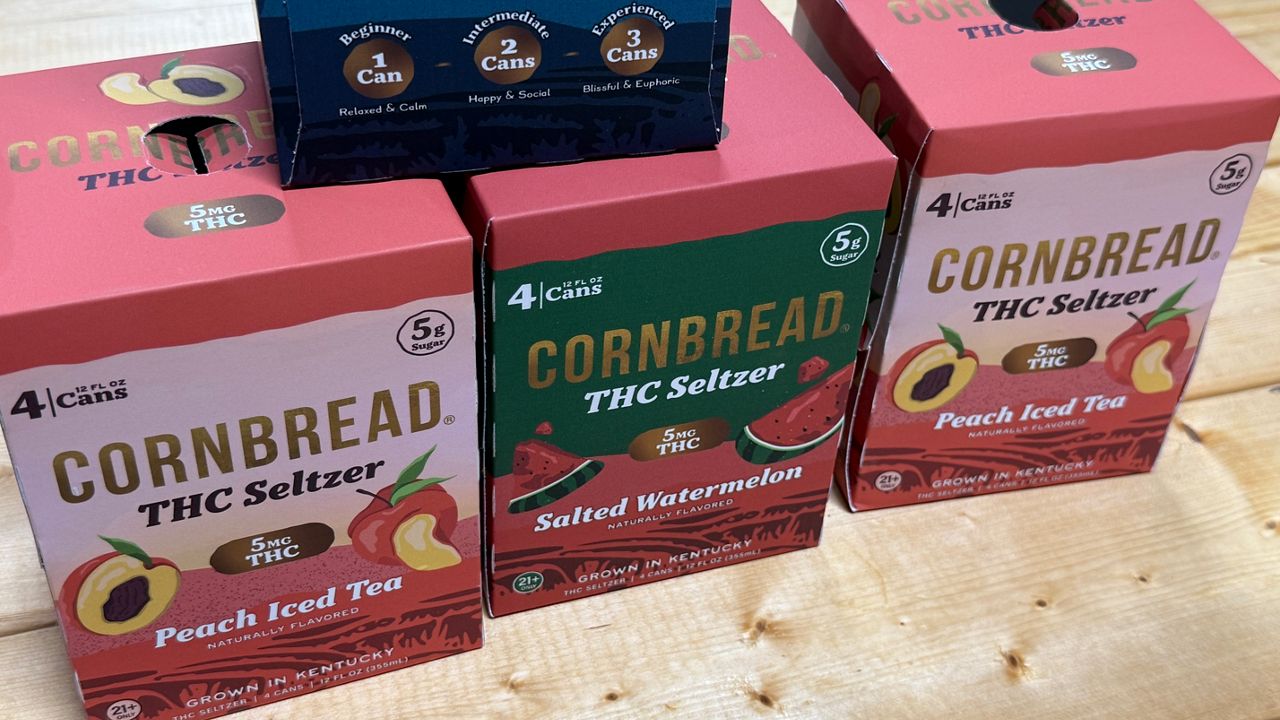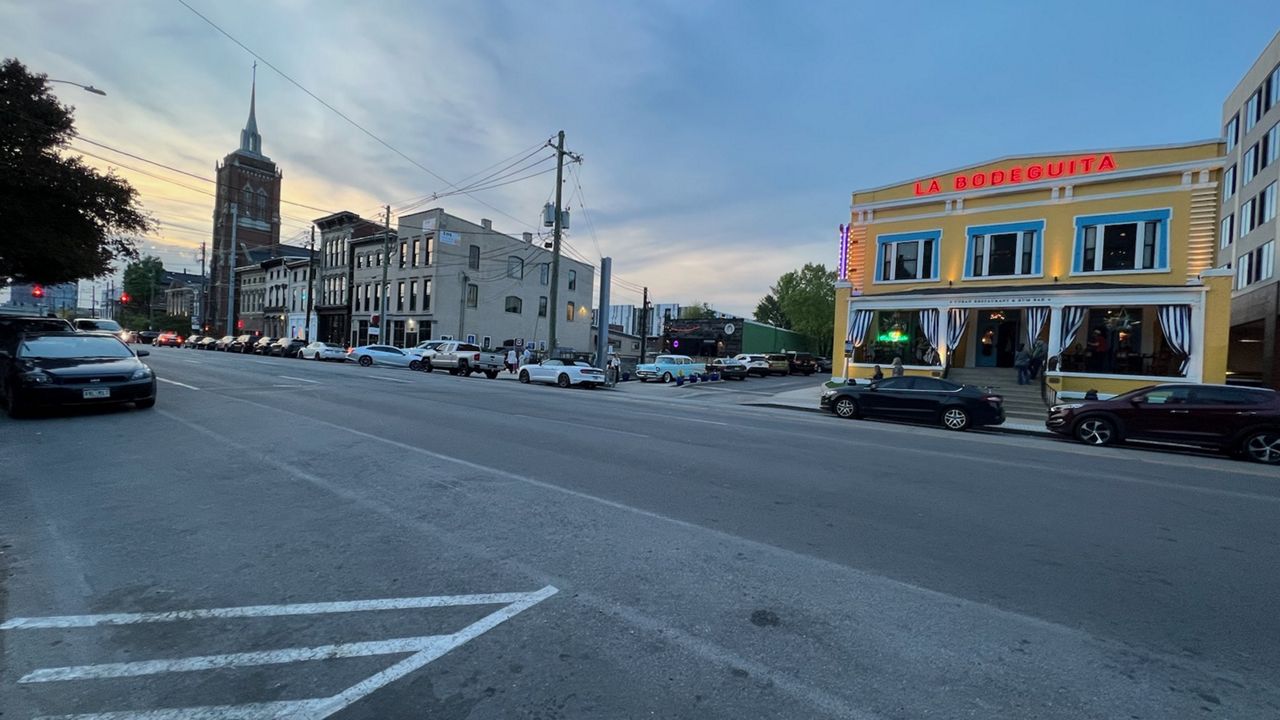LEXINGTON, Ky. — As the national supply chain continues struggling amid the ongoing COVID-19 pandemic causing a shortage of products, including food, a project led by researchers at the University of Kentucky has helped local and regional food systems become more connected and resilient.
What You Need To Know
- Research project studied pandemic's effects on local and regional food systems
- Local co-op head says farmers have been "clutch" in supplying food during shortages caused by supply chain problems
- Panic-buying increases shortages and supply issues
- Buying ahead urged before upcoming holidays
Dr. Tim Woods, University of Kentucky agricultural economists and the project’s co-lead researcher, joined colleagues from Colorado State University and Penn State University to study the effects of the pandemic on local and regional food systems. According to a news release from the University of Kentucky, the researchers studied pandemic-related impacts to food systems, including changes in consumer purchasing behaviors, pandemic responses of different food system sectors, and innovations and agency support. The study involved 17 national communities working with local food systems to evaluate COVID-19 impacts, best practices and innovations, consumer responses, and broad local food system development strategies. According to the release, before this study took place, no uniform communications platform existed for members from different sectors of local food systems, their potential marketing outlets, and government agencies that support them.
“The disruptions caused by the COVID-19 pandemic brought local food system sectors together to share ideas, programs, innovations and impacts to keep the system resilient,” Woods said. “We now have a network of networks that allow these different sectors and communities of practice to come together on a more regular basis to talk about issues and policies.”
The research determined some sectors of local and regional food systems struggled while others thrived. Community-supported agriculture (CSA) programs and agritourism ventures saw a considerable surge in interest. In contrast, programs that provided farm-fresh food to schools and restaurants suffered as many schools and businesses closed temporarily as a safety measure.
This project assisted food systems by identifying the unique needs of each sector, finding ways to connect producers to consumers, and connecting producers with available assistance.
Lauren Gawthrop is the marketing manager for Good Foods Co-op in Lexington, Kentucky’s only locally owned and operated cooperative grocery store with more than 8,000 owner-suppliers.

“Continually, we're dealing with supply issues ever since the pandemic started,” Gawthrop said. “It's been an ongoing issue — it's not as bad as it was in spring of 2020 — but it is definitely still a daily issue that we deal with. Our local producers have been our saving grace. They've been able to fill in many gaps that we've been seeing because the nationwide supply chain is what's really affecting us — I think that's widely affecting all retailers. We have a special local connection that helps get us through some of the tighter spots when it has been hard to get a source for something.”
Gawthrop said customers have grown accustomed to seeing more items out of stock than usual. While that is not ideal, people have understood because they are aware of supply chain problems and labor shortages.
“We rely heavily on national suppliers,” she said. “Luckily, we have a few different suppliers that we work with, and if one is out of something, we'll go to the other one and ask if they have it, or we'll find a different brand of something if the brand we usually bring in is no longer available. And a lot of national brands have actually been cutting down on the number of items they've been producing, and in many cases, they've been raising the prices on things because it's harder for them to get raw materials.”
Gawthrop said the upcoming Thanksgiving and Christmas holidays are going to be a problem both for retailers and shoppers. She said with the current shortages, people should avoid stockpiling.
“Stockpiling is going to exacerbate the issues that we're seeing,” she said. “People should just buy ahead for the things they anticipate needing for holiday meals or gift-giving. Buying a little earlier this year does make sense because we may be out of some things come the holidays.”
Several of the local farmers at Good Foods have helped combat the shortages by offering different products, such as supplying meat and produce.
“They've been growing their assortments based on feedback from us about what our customers are asking for and what we're having a hard time getting,” Gawthrop said. “A major advantage we have is local farmers’ willingness to try new things and fill the needs as they see them arising. We've been fortunate in that way that a lot of them have been able to pivot and come in clutch for us.”
Gawthrop said supply chain problems have also caused people to search out and shop at farmers markets and use farm-direct CSA.
“People are starting to look more local for their needs,” she said. “I think they saw all of the big hiccups with the supply chain, especially during the panic-buying, and they are making more relationships with the local people.”
Gawthrop reiterated how much she fears the repercussions panic-buying could have, especially on those without the resources required to buy ahead.
“Think of your neighbors who are living paycheck-to-paycheck and make sure that there's enough on the shelf for them, so when they do get paid, they can still feed their family,” she said. “That goes for the holidays, too. People should try and make sure they have a good holiday, too. Don't buy more than what you need. That just makes it worse and chokes everything more. It creates even less available products out there. If we let the supply chain even out, things will keep funneling through. That funnel being empty doesn't help anybody.”
The success of the UK-led research project has prompted the U.S. Department of Agriculture’s Agricultural Marketing Service (USDA AMS) to provide a second round of funding to the researchers. Scientists at Colorado State University will serve as the lead on the second round of funding, working with UK partners and national communities of practice to develop strategies for local food system resilience and strengthen systems for gathering data that reflect performance in the market nationwide.









